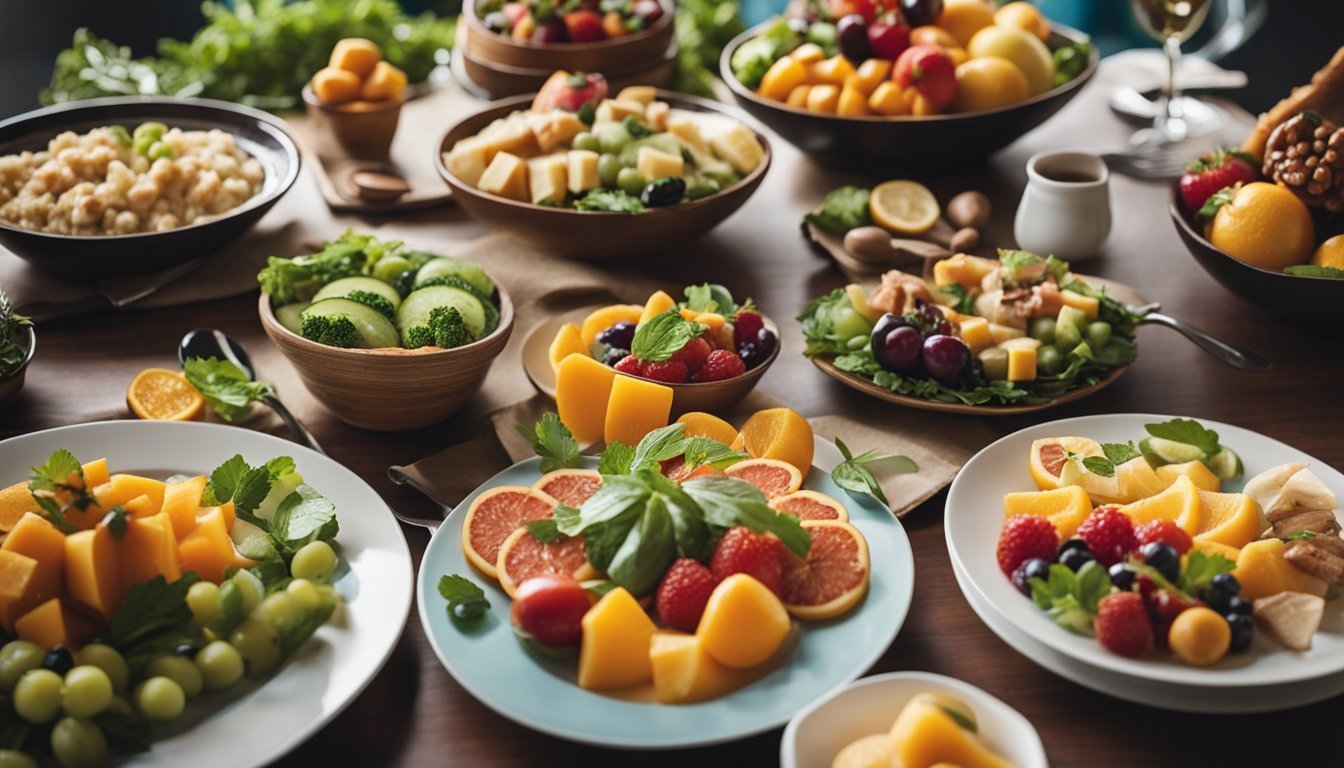Welcome to a tasteful journey back in time! In this article, we step into the world of Early Modern History. This was a time of big changes from the 16th to 18th centuries. People started eating new and exciting foods. We will take a close look at what people ate during this important time.

Credit: www.nytimes.com
The Big Changes
During Early Modern History, the world was in a time of exploring. New lands were found. This meant new foods were discovered too! People began to eat foods from across the seas. It was an exciting time for dinner tables!
| New Food | Origin | Impact on Diet |
|---|---|---|
| Tomatoes | Americas | Changed the way we cook stews and sauces |
| Potatoes | Americas | Grow fast, became a main food for many |
| Corn (Maize) | Americas | Made breads and porridges different |
| Chocolate | Americas | Added new sweet treats to enjoy |
| Tea | Asia | Became an important drink for many |
Feasts and Famine
In Early Modern History, not everyone ate the same. Rich folks had big feasts. Poor folks sometimes had little to eat.
People had feasts for special reasons. Like a king’s birthday or a big win in battle. These feasts had a lot of food and were very fancy!
Everyday Eating
What about everyday meals? Well, most people ate simple foods. Breads, soups, and stews were common. People ate what they could grow or buy nearby.
- Cities offered more food types because of markets.
- Country folks grew their own food or traded with neighbors.
- Spring and summer had fresh fruits and veggies.
- Fall was harvest time with lots of food.
- Winter was harder, people ate foods stored from fall.
The Spice of Life
Travel and trade made spices easier to get. Spices like pepper and cinnamon changed how food tasted. People started loving flavorful dishes.
- Spices hide the taste of food that’s not fresh.
- Food lasted longer with some spices in it.
- Rich people showed off with lots of spices in their food.
Tools and Cooking
Cooking tools improved too. People used iron pots and pans. They baked better bread in better ovens. These changes helped people cook in new ways.

Credit: www.amazon.com
From Farm to Fork
Most people in Early Modern History were farmers. They grew grains, veggies, and fruits. They also raised cows, pigs, and chickens for milk, meat, and eggs.
Sweet Developments
Fun fact: people liked sweets a lot too! Sugar became more common. So did sweet desserts. People enjoyed treats like cookies and cakes.
Frequently Asked Questions On Food In Early Modern History: Culinary Revelations Unveiled
What Foods Were Common In Early Modern History?
Common foods during early modern history included grains like wheat and rye, vegetables, fruits, meats, and dairy products, reflecting agricultural practices of the time.
How Did Trade Impact Early Modern Cuisine?
Trade introduced new spices and flavors, significantly enriching the culinary landscape of early modern societies through global exchange networks.
Were There Food Preservation Methods In Early Modern Times?
Early modern food preservation methods included salting, smoking, pickling, and drying, essential for sustaining food supplies year-round.
What Was A Typical Early Modern Era Meal Like?
A typical meal in the early modern era often consisted of a staple grain or bread, possibly accompanied by local vegetables, fruits, meats, or fish.
Conclusion
Food in Early Modern History was full of changes and tastes. These changes still affect what we eat today. What an amazing journey food has had!
Guest Author Sakhawat-Shuvo wrote and edited this Article based on his best knowledge and understanding. These opinions and remarks are not endorsed or guaranteed by epichistoria.com or EpicHistoria. The Epic Historia does not guarantee this article’s content. Readers should verify and use their judgment before trusting the content. Also, the Images used in this Article are the copyright of their Respective Owners. Please use our Comment Box or Contact Us form to report this content. This information is not accountable for losses, injuries, or damages.

